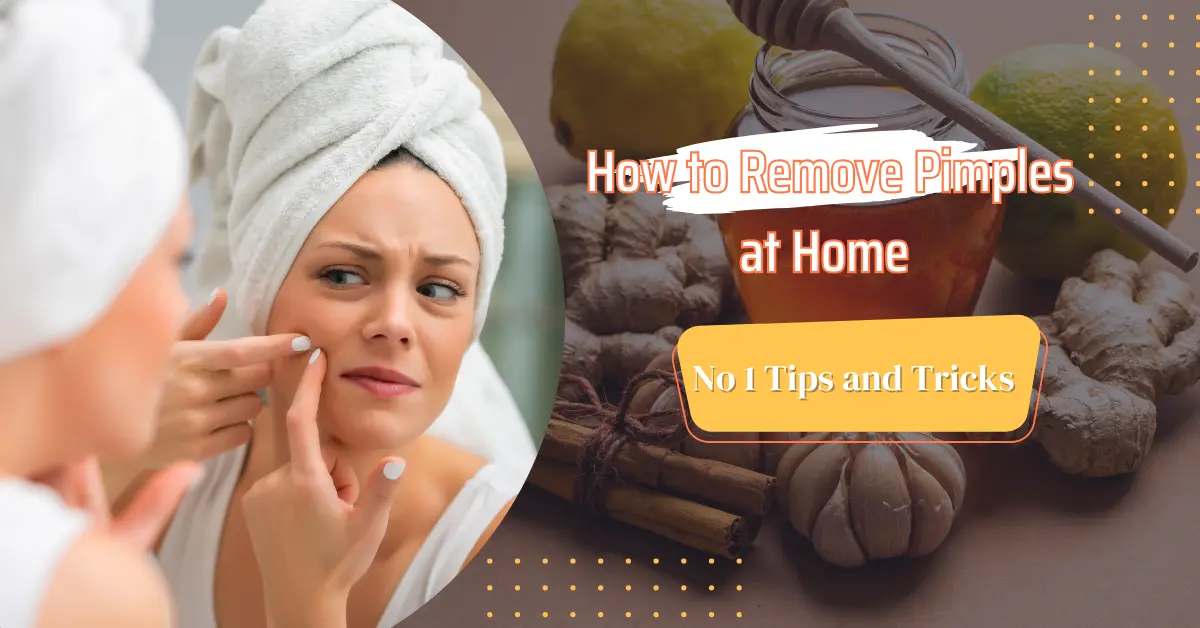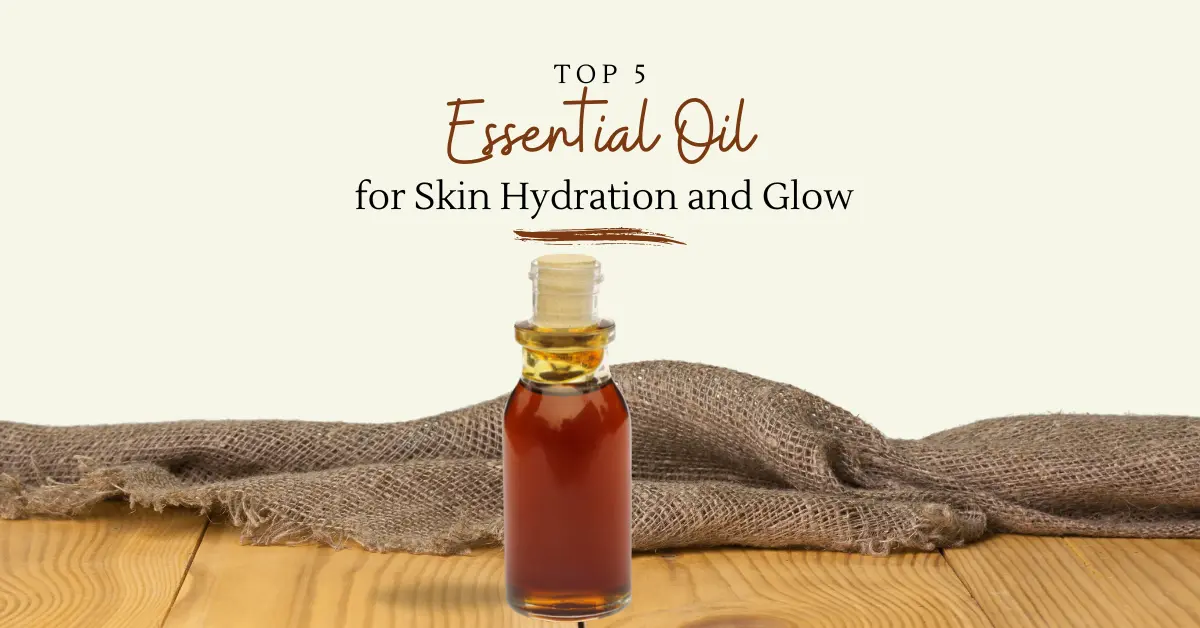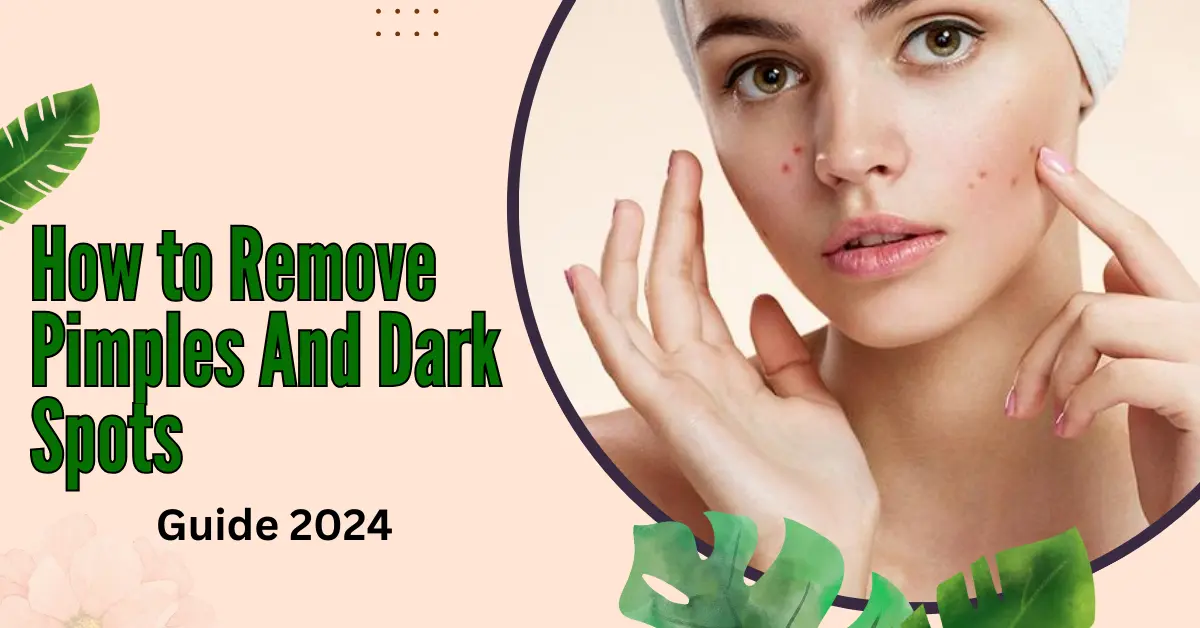
How to remove pimples and dark spots
Having clear, blemish-free skin is a dream for many of us. Pimples and dark spots can be frustrating and impact our confidence. But don’t worry, there are effective ways to tackle these skin concerns. In this blog, we’ll share valuable tips and tricks to help you get rid of pimples and dark spots, giving you a radiant and flawless complexion.
Understanding Pimples and Dark Spots
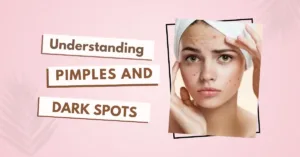
Pimples, also known as acne, are inflamed bumps on the skin caused by clogged pores, excess oil production, and bacterial buildup. Dark spots, on the other hand, are areas of hyperpigmentation that can occur due to sun exposure, hormonal changes, or as a result of pimples healing and leaving behind discoloration.
How to Remove Pimples And Dark Spots
Part 1: Treating Pimples

1. Keep Your Face Clean:
Maintaining a regular cleansing routine is crucial for preventing pimples. Use a gentle, non-comedogenic (non-pore-clogging) cleanser twice a day to remove dirt, oil, and impurities from your skin. Avoid harsh scrubbing, as it can irritate your skin and worsen breakouts.
2. Use Salicylic Acid:
Salicylic acid is a powerful ingredient that helps unclog pores and prevent pimples and is one of the best ways how to remove pimples and dark spots. Look for over-the-counter products containing salicylic acid, such as face washes, toners, or spot treatments. Apply them directly to the affected areas or use them as part of your regular skincare routine.
3. Try Benzoyl Peroxide:
Benzoyl peroxide is another effective acne-fighting ingredient. It kills acne-causing bacteria and helps dry out pimples. Start with a lower concentration (2.5% to 5%) and gradually increase if needed. Be cautious, as benzoyl peroxide can cause dryness and irritation, especially if overused.
4. Consider Topical Retinoids:
Retinoids, such as adapalene or tretinoin, are vitamin A derivatives that can help unclog pores and prevent new pimples from forming. They work by increasing cell turnover and regulating oil production. Consult a dermatologist for a prescription.
5. Stay Hydrated and Eat a Balanced Diet:
Drinking plenty of water and consuming a diet rich in fruits, vegetables, and healthy fats can help support clear skin from the inside out. Avoid processed and greasy foods, which can contribute to breakouts.
Part 2: Fading Dark Spots

1. Use Sunscreen Religiously:
Sunlight can further darken existing spots and contribute to new ones. Always apply a good and effective sunscreen with an SPF of 30 or higher before going outside. Reapply every two hours or as directed for optimal protection.
2. Incorporate Vitamin C:
Vitamin C is a powerful type of antioxidant that can really help fade the dark spots on the skin and promote even skin tone. Look for serums or creams containing vitamin C (L-ascorbic acid) and use them in your daily skincare routine.
3. Try Alpha Hydroxy Acids (AHAs):
AHAs, such as glycolic acid or lactic acid, can help exfoliate the top layer of skin, revealing brighter, more even-toned skin beneath. Start with the very low concentrations and gradually increase it to the tolerated level.
4. Consider Niacinamide:
Niacinamide, a form of vitamin B3, has been shown to help reduce hyperpigmentation and improve overall skin tone. Look for serums or moisturizers containing niacinamide and incorporate them into your routine.
5. Be Patient:
Fading dark spots takes time and consistency. It can take several weeks or even months to see noticeable improvement. Stick with your chosen treatments and be patient, as long-term use is often necessary.
Additional Tips and Tricks

1. Don’t Pick or Pop Pimples:
As tempting as it may be, picking or popping pimples can worsen inflammation, lead to scarring, and contribute to dark spots. Let pimples heal naturally or use spot treatments to speed up the process.
2. Exfoliate Regularly:
Regular exfoliation can help remove dead skin cells, unclog pores, and reveal brighter, more even-toned skin. Use a gentle scrub or chemical exfoliant (like AHAs or BHAs) 1-2 times per week.
3. Stay Hydrated:
Drinking plenty of water in a day can help flush out the toxins levels and keep your entire skin healthy from the inside out. Aim for at least 8 glasses of water per day on a daily basis.
4. Manage Stress:
High stress levels can trigger hormonal fluctuations, leading to breakouts and skin inflammation. Practice some of the stress-reducing activities like yoga, meditation, or deep breathing exercises & many more.
5. Get Enough Sleep:
Lack of sleep can disrupt your body’s natural processes, including those that regulate skin health. Aim for 7-9 hours of quality sleep each night.
6. Consider Professional Treatments:
If over-the-counter products aren’t providing the desired results, consider seeking professional help from a dermatologist. They can recommend more potent treatments or procedures, such as chemical peels, microdermabrasion, or laser therapy, to address stubborn pimples and dark spots.
Remember, everyone’s skin is different, and it may take some trial and error to find the right combination of products and treatments that work best for you. Be patient, consistent, and gentle with your skin, and don’t hesitate to consult a dermatologist if you have concerns or need personalized advice. Achieving clear, blemish-free skin is possible with the right approach and dedication. Follow these tips, and you’ll be well on your way to saying goodbye to pimples and dark spots for good.
FAQs
Q1: How can I get rid of pimples quickly?
A: Cleanse your face twice daily, use spot treatments with salicylic acid or benzoyl peroxide, and avoid touching your face. Apply ice to reduce inflammation. Don’t pop the bad pimples, as this can lead to scarring & permanent marks.
Q2: What home remedies work for dark spots?
A: Try applying lemon juice, aloe vera, or honey to dark spots. Use a turmeric and yogurt mask. Exfoliate gently with baking soda. Always follow with sunscreen, as sun exposure can worsen dark spots.
Q3: Are there any effective over-the-counter treatments for dark spots?
A: Look for products containing ingredients like vitamin C, niacinamide, kojic acid, or alpha arbutin. Retinol creams can also help. Use these consistently, but introduce them gradually to avoid skin irritation.
Q4: How long does it take to see results when treating pimples and dark spots?
A: Results vary, but expect to see improvements in 4-8 weeks with consistent treatment. Pimples may clear faster, while dark spots can take longer. Be patient and maintain your skincare routine.
Q5: Can diet affect pimples and dark spots?
A: Yes, diet can influence skin health. Reduce sugar and dairy intake. Eat more fruits, vegetables, and foods rich in omega-3 fatty acids. Stay hydrated. A balanced diet can help improve overall skin condition.
Also Read:
How to Remove Pimples in One Day: A Simple Guide
How to Remove Pimples Overnight: Effective Tips and Tricks
How to Remove Pimples Permanently: An Easy Guide
References:
https://www.ncbi.nlm.nih.gov/books/NBK279208/
https://www.ncbi.nlm.nih.gov/pmc/articles/PMC3080563/
https://en.wikipedia.org/wiki/Pimple
Disclaimer:
The information provided in this guide on removing pimples and dark spots is for general informational purposes only. Results may vary based on individual skin types. Consult a dermatologist for personalized advice and treatment options.
Related post
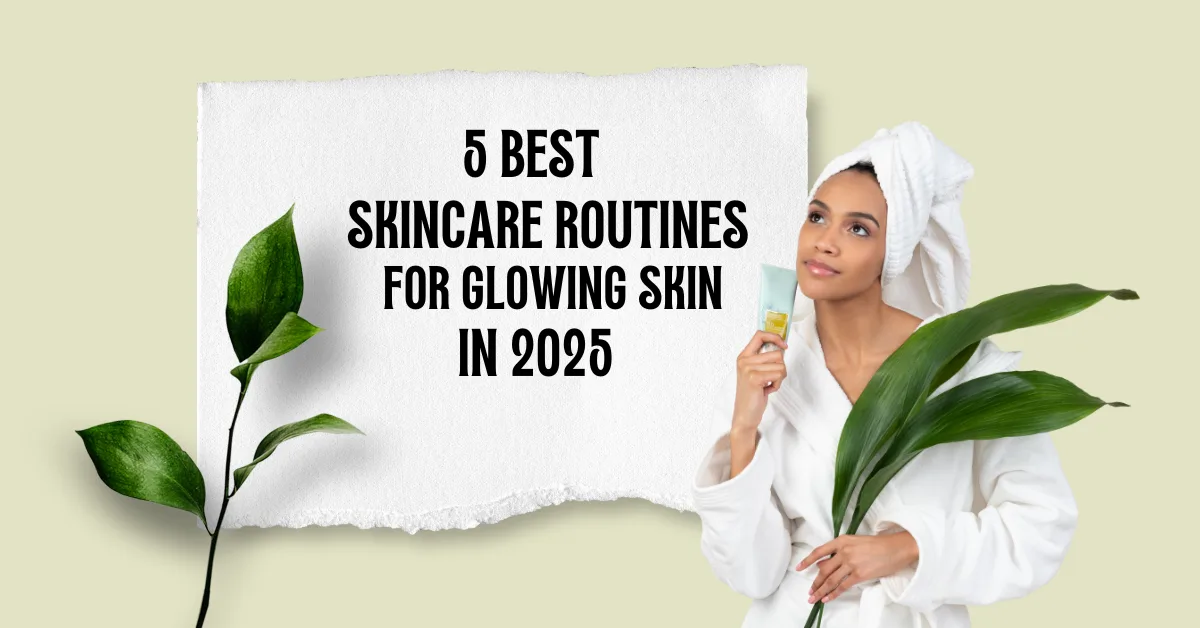
5 Best Skincare Routines for Glowing Skin in 2025
